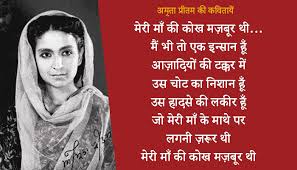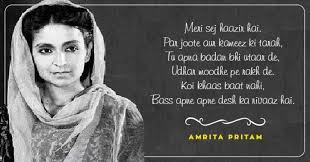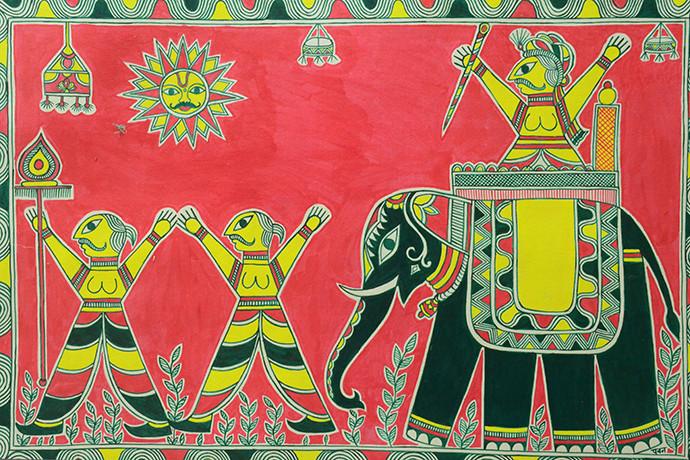Manjusha Art
Manjusha art is believed to be the only art form in the history of the art form in India which has a sequential representation of the story and is displayed in a series.
This is also called a scroll painting. Manjusha art is a folk art of Bhagalpur, Bihar, and has been dated back to the 7th century.
What is Manjusha?
The name Manjusa is also associated with an elaborate story, a goddess and also a festival celebrated in Bhagalpur.
The Sanskrit word “Manjusa” means a box and Manjusas are temple shaped boxes, made of bamboo, Jute-Straw, and Paper inside which the devotees keep their ceremonial materials. These boxes are however illustrated with paintings that tell a tale.
The tale is that of Bihula who saved her husband from the deity’s wrath and a snake-bite and also of Bishahari or Mansa, the snake goddess known for her anger when displeased but also her fierce protectiveness when propitiated.
Earlier the story called `Bihula-Bishahari Gatha’ had an oral tradition of being sung though, nowadays not too many people sing it, but in Assam and Bengal the tradition is still continued and the songs are sung with the story of Bihula. It is well-known folk art.
The religious significance of this Manjusha art –

The festival of Bisahari’s is celebrated on the 17th and 18th August of every year. During this pooja, there are two things that are made during this pooja. One is the “Kalash” and the other the Manjusa.
The Kalash is made by the Kumbhakar caste and the Manjusha by the Malakar caste, each is decorated with the art of Manjusha which depicts these stories and are immersed in the lake at the end of the festival.
They worship Bisahari as they believe that they will get strength from her and her protection. She promises that their husbands will be protected from all the snakes. They worship Bihula to gain her strength and blessings and also to pray for the long life of their husbands.
There is also a ritual in which the groom before getting married, is asked to go into a small house in which, in all the four corners of the room/house there is a painting of Bisahari. The groom has to put sindhoor to all four of the Bisaharis and only then can take his bride to the mantap and all other wedding festivities and rituals can start.
This is done with the belief that since the groom puts sindhoor for bisahari first, he is married to her first and thus pleases her. The figures are called “naina jogini”
Importance of Manjusha Art
Characteristic of Manjusha Art

all this tens are classical characteristics of manjusha art.
- a) Three colors are used in Manjusha Art
- b) In Manjusha, Art Borders is very Important.
- c) Manjusha Art is a Line drawing Art.
- d) Manjusha Art is a Folk Art.
- e) Manjusha Art is a Scroll Painting.
- f) Manjusha Art is completely based on the folklore of Bihula-Bishari.
- g) In Manjusha, Art Characters are displayed as X letter of English Alphabets.
- h) Major Motifs of Manjusha Art – Snake, Champa Flower, Sun, Moon, Elephant, Turtle, Fish, Maina Bird, Kamal Flower, Kalash Pot, Arrow Bow, ShivLing, Tree, etc.
- i) Major Characters of Manjusha Art – Lohiva, Mansa Devi (Bishari), Bihula, Bala, Hanuman, Chandu Saudagar
- j) Borders in Manjusha Art – Belpatr, Lehariya, Triangle, Mokha and series of Snakes.
Main characters & Motifs in Manjusa Art
- a) Padmavathi: the symbol of a Lotus
- b) Mynah Bisahari: the symbol of a mynah bird
- c) Dhothila Bhavani: the symbol of the rising sun
- d) Maya Bisahari/ Manasa Bisahari: the symbol of Amrith Kalash
- e) Jaya Bishahari: the symbol of bow and arrow
- f) Chando Suadagar: the symbol of staff in his hand
- g) Nethula Dhobin
- h) Depiction if a Manjusa
- i) Bihura
- j) Depiction of Kalash
Main Motifs in Manjusa Art

Source – (http://www.umsas.org.in/en/bihar-arts-crafts/manjusha-art/)
Artists and awards –
- First time in 2012, Late Chakravarty Devi awarded with Sita Devi Award in the field of Manjusha Art.
- In 2013, Shrimati Nirmala Devi awarded with Bihar Kala Award “Sita Devi Award”.
- In the field of Manjusha Art, First State Award is given to Shri Manoj Pandit for his work towards the revival of the indigenous art form “Manjusha Art”. This award is given by Upendra Maharathi Shilp Anusandhan Sansthan & Dept. of Industries, Bihar.
- On Recommendation of Art, culture and youth affairs department, Bihar; Ministry of Culture (Sanskriti Mantralaya) awarded ‘Manjusha Kala Guru Award’ to Shri Manoj Pandit in 2014.
- In 2016 – Ulupi Jha is one of the 100 successful women across the country selected by the Union ministry of women and child development on the basis of online voting for her Manjusha painting.
Source – (https://en.wikipedia.org/wiki/Manjusha_Art)
Modern Initiative for manjusha art
It is said that in 1984 the Bihar government made an initiative called “Jansampoorna Vibhagh” in which they to the different-different villages of Bhagalpur and showed them the slideshows of Manjusha art so from this people can be well educated about this art form in hope of reviving it. After which Smt. Chakravathy Devi (who have started this art) Jyoti Chand Sharma came into this movement and revive this craft.
As like her, Mr. Manoj Pandit started experimenting with different materials and started painting on silk and other fabrics which help this art to take it to the next level. The Bihar government is making lots of efforts in trying to make people aware of this art form. Many skills up graduation training have been taken place in both Bhagalpur as well as in the nearby village.
They also have taken some mandatory that all the Zila Parishad banks have to hang Manjusha painting in their banks. Recently Bihar government has put together a committee which comprises 11 people out of which 4 artisans will be present to apply for a patent for the Manjusha art form. They planned it to patent as a Bhagalpur folk art.
Good News for Manjusha Art Lovers
Manjusha art is one of the famous art forms. Now the good news for the lovers of Manjusha painting is that this painting will be reflected now on clothes also. From sarees and salwar suit to shirts new and different designs were going to take place and it definitely attracts people.
For this, the second week of June 2019 has been preparing to train 30 artists. Instructors of Upendra Maharathi craft research center provide training on these artists on the instruction of the training body. Also, the design is already approved by conducting a survey among people in the past.
The design will now be given as per market demand so that the artist can further increase their business using it.
As per Manjusha Master Manoj Pandit, this training will be very effective for the upliftment of artists. It will get information about thinking and understanding of other artists in a traditional way with this 300 rupees scholarship will be given by the department every day. Also,
this training will start from June under the IDPH scheme of the Ministry of Textile, 30 artists have been selected who will be trained this time.
Now like Madhubani painting Manjusha is ready to enter the market, these paintings are preferred now in each and every place. Also, the demand has also increased in the market. The objective to train artists to just to prepare them for the market.
Like Patna, Bhagalpur walls are also covered by Manjusha art but due to negligence, it has been spoiled in many places.
That is why it is the responsibility of every person to propagate this art form as much as possible. People should make this art form on their walls. This art of Bhagalpur is now being asked in abroad too.




